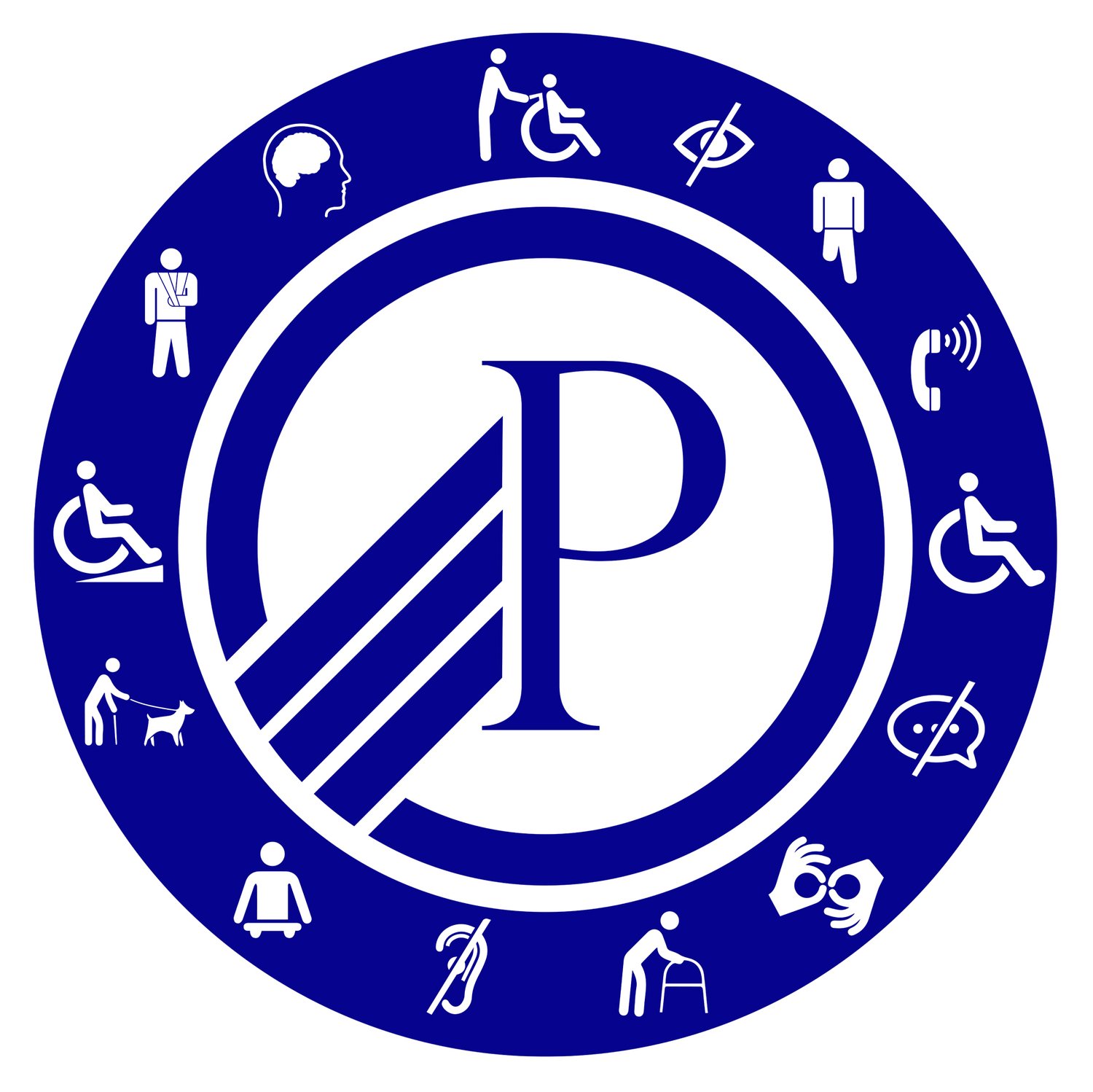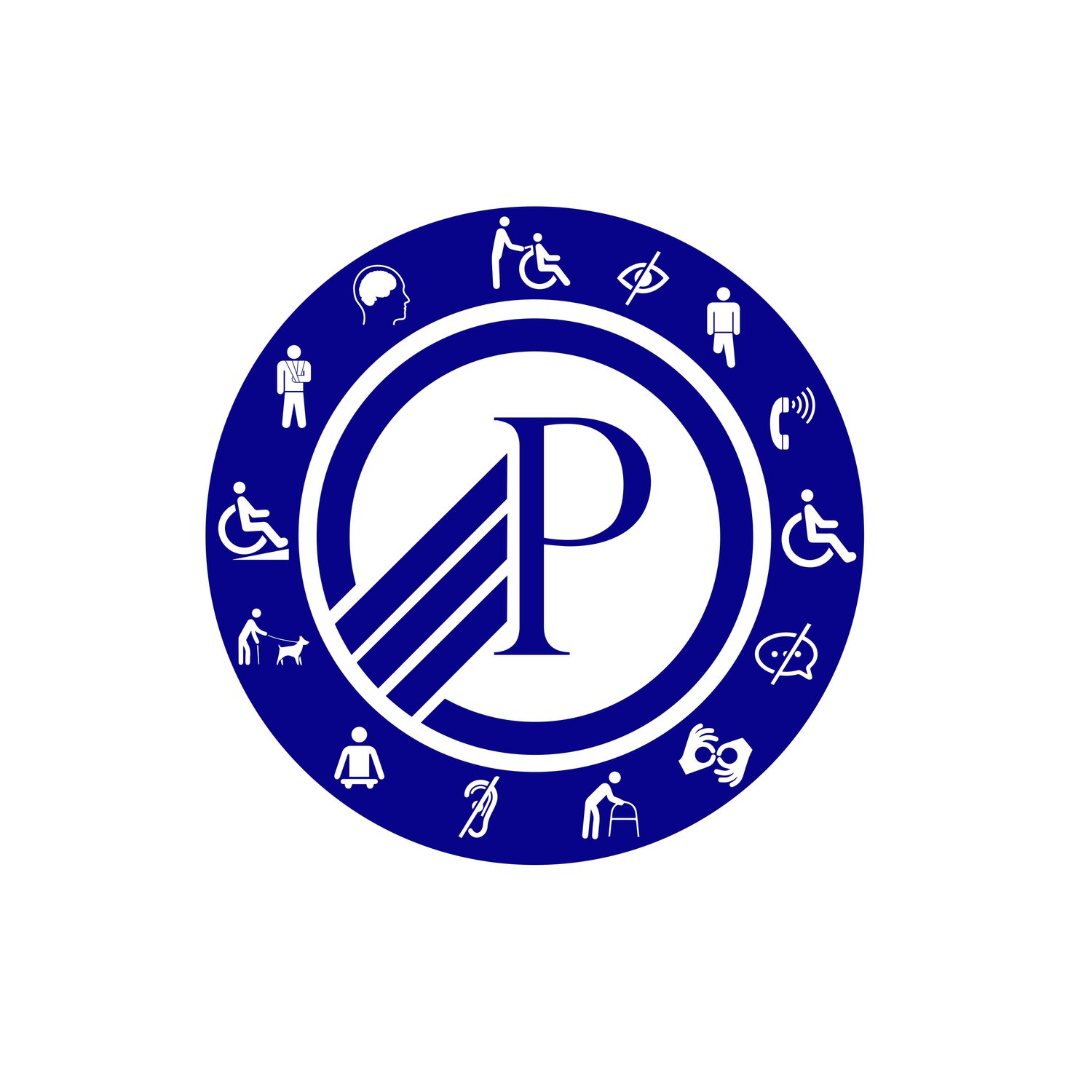Name a Female Disabled Business Leader. I’ll Wait…
Ableism is the discrimination against individuals who have a physical or mental disability.
It stems from a belief that people who have a disability need to be fixed and are inferior to the non-disabled. The discrimination of disabled people permeates many facets of life, including the workplace. They are often not given the same opportunities and treatment as the rest of society. There are many limiting beliefs society holds about the disabled. They see them as inferior and incapable of taking care of themselves.
The disabled are often forgotten and overlooked. According to an article from Partners for Youth with Disabilities, only ⅓ of New York City subways are accessible to wheelchair users and people unable to use the stairs. Lack of accommodation often causes those limiting beliefs to become a reality. If not given adequate opportunities to succeed, the disabled population cannot flourish.
Most roles occupied by the disabled are front line contributors with no upward mobility. I’ve had to stop some executives in their tracks when their hiring starts to talk about individuals as tax breaks.
Disabled individuals are less likely to be considered for a position of leadership. In a survey conducted by Timothy Cornelius from P3 Technology using QuestionPro about female leaders, only 18% of the participants said a leader in their organization has a disability.
Only 0.01% of the US population could name a disabled female leader on the world stage as a whole.
A census conducted by the Bureau of Labor Statistics (BLS) revealed persons with a disability were less likely to work in management, professional, and related occupations than those without a disability (36.1 percent, compared with 43.3 percent). Instead, most disabled workers held jobs in service, production, transportation, and material moving. Without adequate representation in leadership roles, the inequality between the disabled and able-bodied will continue to grow.
Due to COVID-19, many disabled workers lost their jobs or had to take a pay cut. According to the census from BLS, in 2020, 17.9 percent of persons with a disability were employed, down from 19.3 percent in 2019. Subsequently, the unemployment rates for persons with a disability increased from 2019 to 2020 to 12.6 percent. Of those employed, 29 percent of workers with a disability worked part-time, compared with 16 percent for those with no disability. However, this was not for lack of trying. Many disabled workers said they could not find a full-time job that accommodated their needs. All of the data mentioned previously paints a clear picture of inequality and discrimination toward disabled individuals.
When interviewed, those with disabilities often feel they are not taken seriously or treated like normal human beings, and the lack of representation of the disabled in leadership roles proves their point. During the pandemic, many disabled people could not find work, and those that did had trouble finding full-time employment opportunities.
For progress to happen, the disabled must be allowed a voice to flourish. It starts with awareness and empathy from the able-bodied population and for the most of the leaders reading this article, that means YOU.
Without the help I received from the Office of Disability Services at The University of Louisiana at Lafayette, I would be just another statistic. I went from being an average C student to 4.0 GPA president’s list award winner.
University of Louisiana at Lafayette
Sources Survey from QuestionPro
Survey from BLS
Timothy@P3technology.io

